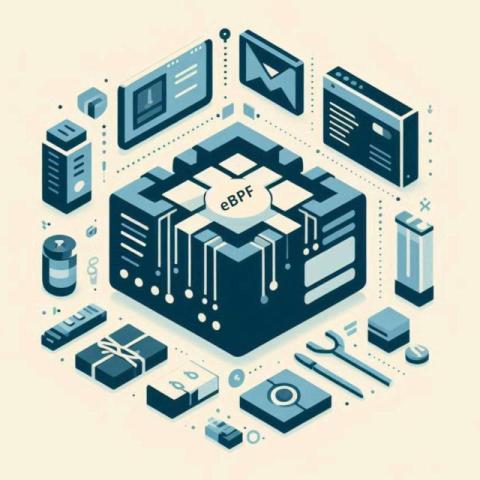Generating build-time SBOMs with CycloneDX and Kondukto
As applications grow more complex, they incorporate many third-party libraries and open-source components, often making it challenging to fully understand and manage the security risks they introduce. To address these concerns, application security engineers are increasingly turning to tools that provide greater visibility and control over software components.











